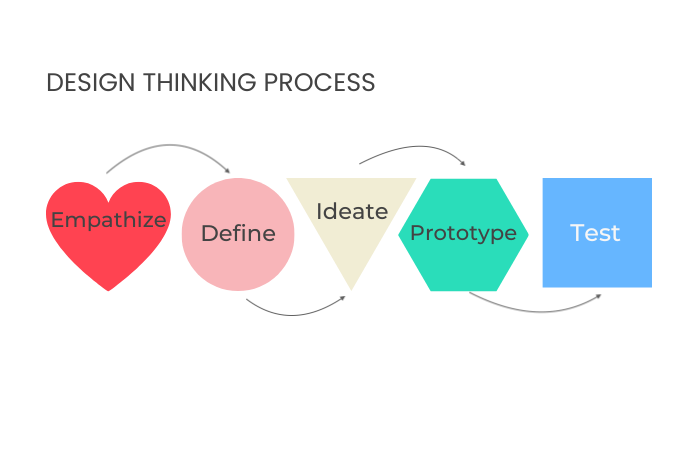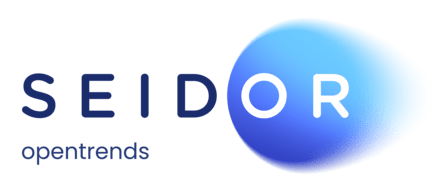
Prioritize your ideas with this Design Thinking trick
Impact Effort Matrix for Idea Prioritization
The sales battlefield is ever-evolving. New features, competitors, and industry shifts demand constant improvement to your sales enablement programs. But how do you identify the most impactful upgrades without wasting resources?
Design Thinking is a powerful method for ideating, building, and testing solutions that respond to a specific problem or need. During the ideation phase, stakeholders gather to brainstorm new ideas without limitations. But with a flood of ideas, prioritizing becomes crucial. Using the Impact Effort Matrix tool, stakeholders can prioritize generated ideas and make decisions that improve the sales enablement training program or any other matter.

Imagine you're a VC evaluating startups. You prioritize based on potential ROI (impact) and the resources needed (effort). The Impact Effort Matrix replicates this approach, helping you identify:
* High-impact, Low-Effort "Quick Wins" (A) are goldmines. Implement them first to boost sales performance with minimal resources.
* Strategic High-Impact, High-Effort Projects (B): These game-changers require careful planning but promise significant returns. Consider partnering with specialized third-party leaders for seamless integration and expertise. -> Can your team tackle this project in-house, or could an external partner accelerate results?
* Low-Impact, Low-Effort Initiatives (C): Don't waste time. Park these on the back burner for later evaluation (second tier).
* Resource-Draining Low-Impact Actions (D): These are innovation dead ends. Eliminate them to free up resources for high-potential initiatives.
How to apply the Matrix during Design Thinking Ideation phase?
Follow the steps:
1. List the improvement actions you identified for your enablement training program.
2. Draw up a grid in which the level of impact is defined on the Y-axis, and the level of effort is represented on the X-axis.
3. Place each listed improvement action you want to assess in the matrix according to their impact and effort scale.
4. Once the actions are polluted in the grid, the matrix will give you prioritization levels based on the rated quadrants (A, B, C and D):

Our takeaway is to prioritize ruthlessly. Focus on high-impact, low-effort wins first. For strategic high-effort projects, explore external expertise to accelerate impact.
FAQs About Prioritizing Ideas with the Impact Effort Matrix
What is the Impact Effort Matrix in Design Thinking?
The Impact Effort Matrix is a prioritization tool used during the Design Thinking ideation phase to evaluate ideas based on their potential impact versus the resources required. By plotting actions across four quadrants (Quick Wins, Strategic Projects, Low-Priority, and Avoid) it helps organizations focus on initiatives that deliver the greatest return on investment while eliminating low-value tasks. This structured approach ensures teams allocate resources effectively and accelerate results in innovation, training, or sales enablement programs.
How can the Impact Effort Matrix improve sales enablement programs?
Sales enablement teams face constant pressure to adapt to new competitors, features, and buyer expectations. The Impact Effort Matrix helps prioritize initiatives that boost sales performance without draining resources. For example, “Quick Wins” (high impact, low effort) can rapidly improve training effectiveness, while strategically managed high-impact projects can transform sales processes. By filtering out low-impact actions, the matrix ensures organizations invest only in the initiatives that truly move the needle.
What are common mistakes when using the Impact Effort Matrix?
A common mistake is overloading the matrix with too many initiatives without clear criteria for impact or effort. This leads to ambiguity and misaligned priorities. Another pitfall is focusing too heavily on “easy wins” and neglecting longer-term strategic projects that drive sustainable growth. Organizations also falter when they fail to revisit the matrix regularly, as market shifts can quickly alter impact and effort assumptions. Best practice: combine the tool with expert facilitation to ensure objectivity and alignment.
How does SEIDOR Opentrends help organizations apply the Impact Effort Matrix effectively?
SEIDOR Opentrends brings proven expertise in Design Thinking, digital transformation, and sales enablement strategy. Beyond applying the Impact Effort Matrix, our teams guide clients through ideation workshops, prioritization, and implementation—ensuring both quick wins and high-impact projects succeed. We specialize in accelerating results by combining user-centric design with deep technical integration. Our clients benefit from tailored solutions that reduce wasted effort, accelerate innovation, and deliver measurable business results.




